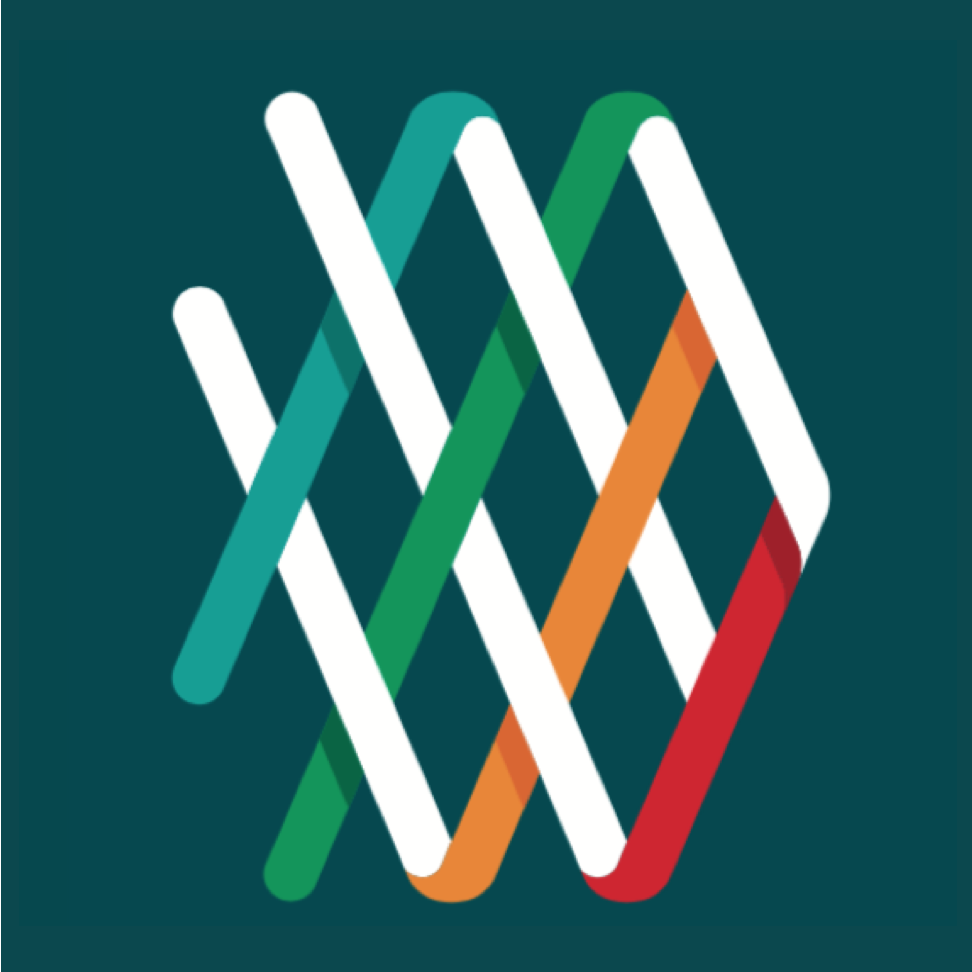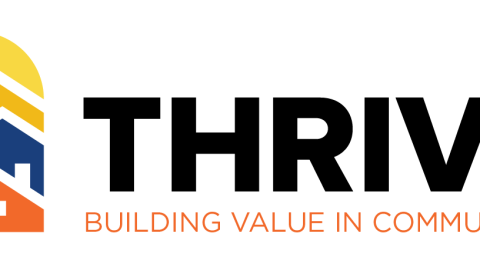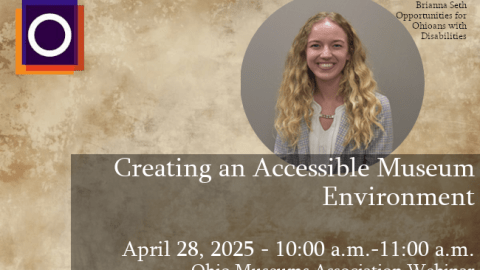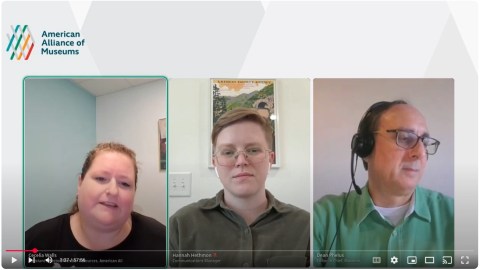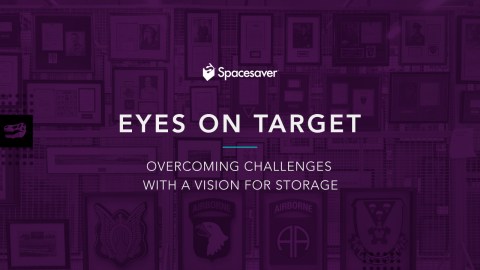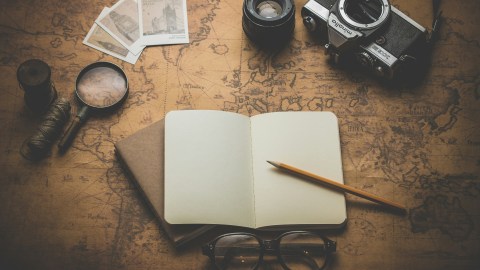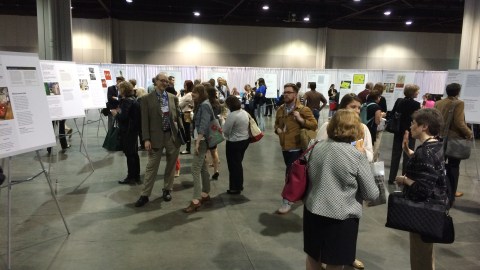FOR IMMEDIATE RELEASE
July 7, 2014
Washington, D.C.—What does a green museum look like? Environmental sustainability in museums, zoos, gardens, aquariums and historic sites can mean a green-roof rooftop café at an art museum, composting toilets at an historic site, pressed sunflower fiber board in exhibit design and public programming on green topics from science to art to nature. Museums across the U.S. have been going green for over a decade.
The 2013 Summit on Environmental Sustainability Standards in Museums, held by the American Alliance of Museums, explored how far museums have come, how they’re managing these important practices today and how the mainstream certification programs such as LEED, Living Buildings, Energy Star and Green Globes, and the not-so-mainstream, help or hinder the field in the future.
In May 2014, AAM published a White Paper, Museums, Environmental Sustainability and Our Future from the Summit reviewing six national certification programs, providing examples of museums using these programs and encouraging the field to help refine the certification programs to strengthen the green work of museums.
A zoo, an art museum or a science center may choose to go green without using a certification program, however many currently use the LEED system of the US Green Building Council. Others, such as The Phipps Conservatory in Philadelphia, started with LEED and progressed beyond it to Living Building status. The Oregon Museum of Science and Industry is creating ExhibitSEED to guide green exhibit design field-wide and the US Botanic Garden partnered with Association of Landscape Architects and the Lady Bird Johnson Wildflower Garden to create the SITES program to guide sustainable landscape design for any open space, not simply museums, zoos or gardens.
Media Contacts
For information on, or from, the American Alliance of Museums contact Dewey Blanton at 202-218-7704
For information about the museum field and environmental sustainability nationally, contact Sarah Sutton at 978-505-4515.
For information about the Summit and its participants, or the White Paper and its findings, contact Sarah Brophy at 978-505-4515 or Adrienne McGraw at 510-647-2072.
